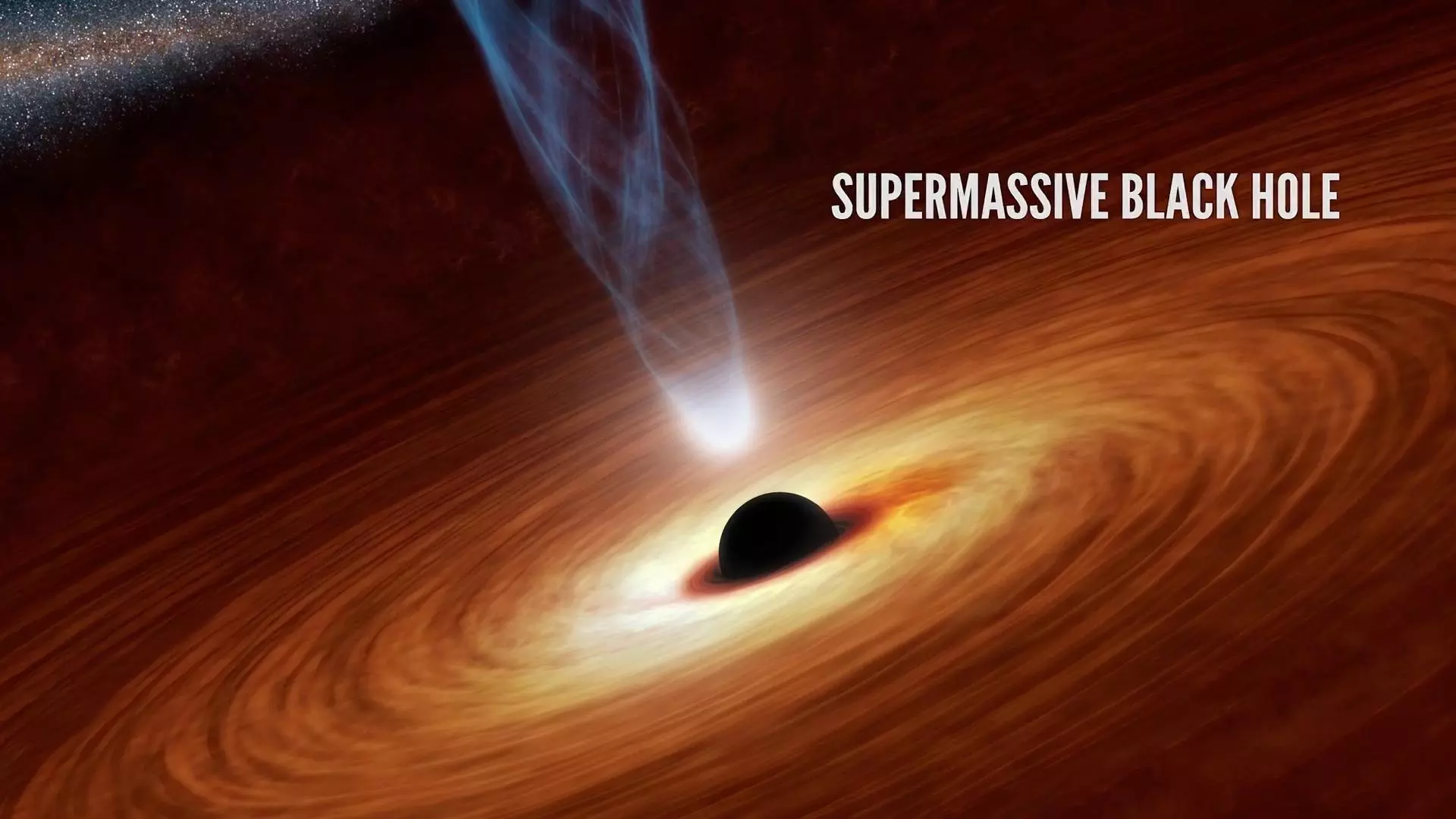A black hole is anything but vacant space. It is a great amount of matter packed into an undersized sphere — think of a star several times more colossal than the sun, squeezed into an area approximately the size of Dallas, Texas. What results is a gravitational field so strong that not even light can escape its pull.
To many, these black abysses are the most fascinating entities in space.
Finding a Black Hole
The idea of a “something” so gigantic and condensed that not even light can escape has been around for centuries. The notion of such a body was first put forward by John Michell in 1783. Black holes were also predicted by Albert Einstein.
Einstein’s theory of general relativity postulates that when an immense star dies, it leaves behind a minute, dense core. According to theory, if the core’s mass is more than about three times the mass of the sun, the force of gravity overwhelms all other forces and produces a black hole. This assumption was further studied throughout the twentieth century and several theories were advanced but not actually confirmed.
See, scientists cannot actually observe black holes with optical telescopes at present.
However, they can deduce the presence of black holes by detecting their effect on matter in close proximity. If a black hole traverses a cloud of interstellar dust, it will draw matter inward in a process known as accretion.
A similar process can happen if a normal star passes close to a black hole. In this case, the black hole will rip the star apart as it pulls it toward itself. As the attracted matter accelerates and heats up, it emits X-rays that radiate into the cosmos, which scientists can then study. Recent X-ray discoveries offer some tantalizing evidence that black holes have a dramatic influence on their celestial neighborhoods: radiating gamma ray bursts, consuming nearby stars, and potentially encouraging new star growth in some areas.
Scientists assume most black holes arise from enormous star remnants resulting from supernova detonation. If the total solar mass remaining after a detonation is great enough, it can be shown theoretically that no force can keep a star crossing near a black hole from collapsing under the influence of its gravity.
Micro and Macro Black Holes
An enduring mystery in black hole science is that they appear to exist in two size scales.
On the one end of the continuum are the innumerable black holes that are fragments of colossal stars. Peppered throughout God’s universe, these “stellar mass” black holes are generally 10 to 24 times as massive as the sun. Most stellar mass black holes are impossible to detect; a few are seen only as they capture solar matter from a neighboring star. Judging from the number of stars substantial enough to generate such black holes, scientists approximate that there are as many as ten million to one billion such black holes in the Milky Way galaxy alone.
On the other end of the size continuum are the “supermassive” black holes, which are millions of times more massive than the sun. Astronomers believe that supermassive black holes lie at the center of all large galaxies. Astronomers can detect them by watching for their effects on nearby stars and gases.
It is the supermassives that generate the greatest scientific buzz.
It is their gravity that accounts for the stable galaxy shapes throughout the universe. God’s use of supermassive gravity maintains the universe in a meticulous fashion so that galaxies, stars, and planets can survive cosmic stresses. Gravity’s constant pull is also of such exactness that black holes themselves can exist, but not overly dominate the universe.
It is a cosmic gravitational balancing act one that is required so that Earth and all its life can subsist around a stable single star, crafted by a Master’s hand. Certainly, no blind forces can account for such majestic precision on such a massive celestial scale.






